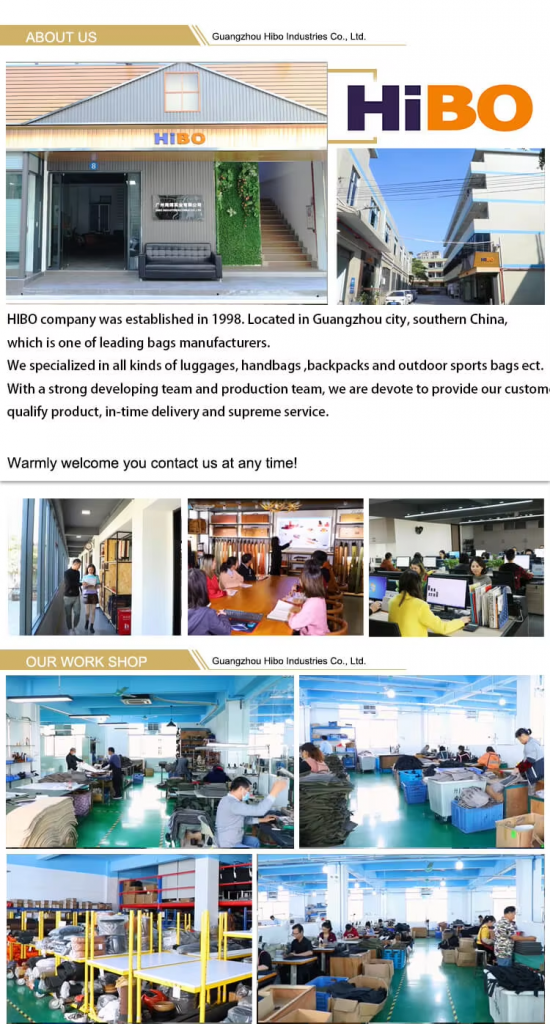Our Location
No.12, LianBian LianXing First Road, Helong Street, Baiyun Dist., Guangzhou, China, 510440
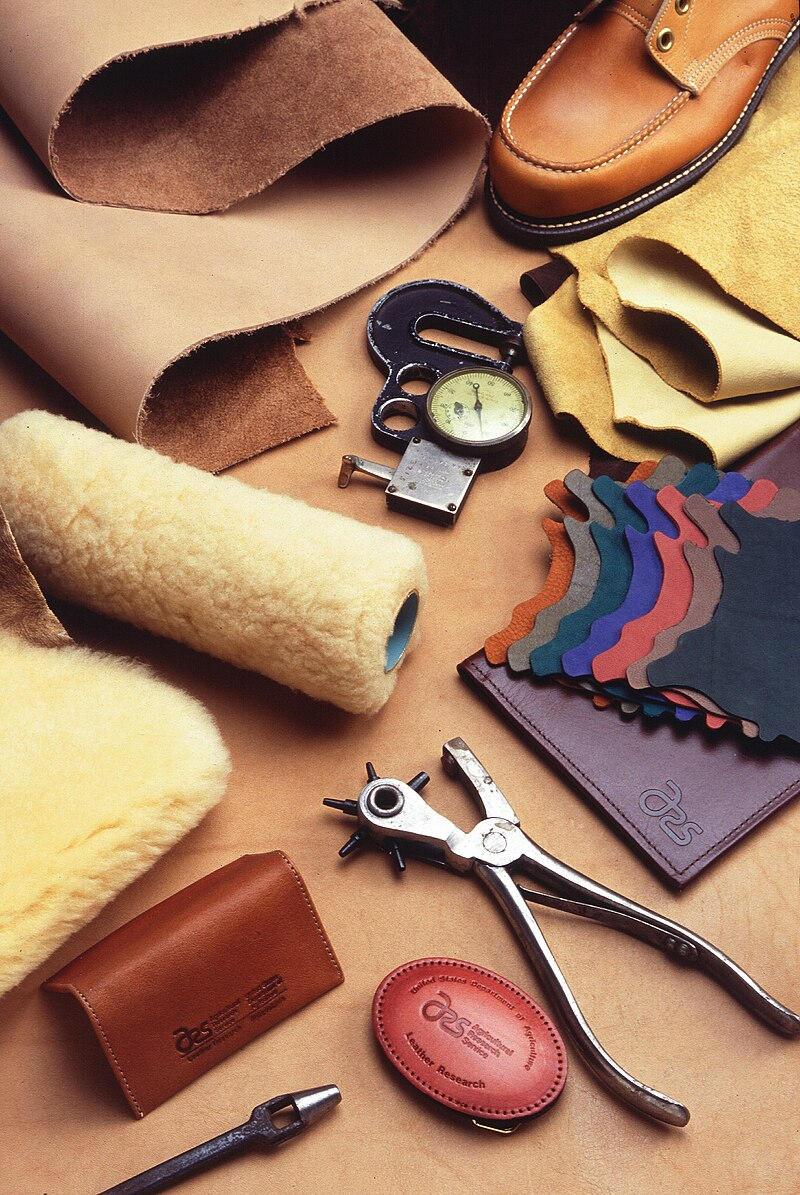
Before purchasing your first leather bag, you hardly notice the basics of leather knowledge ,which basic knowledge will help you become dumb-proof to fake advertisers offering $30 “real leather” bags.
Think of this image,there are leather materials out of a myriad of different animal hides in your hand, like from cows to pigs and even goats. However, cowhide is the most widely utilized out of these options. It’s typically sourced from meat and dairy farmers who would otherwise throw it away.
Furthermore, cowhide gets processed to create a valuable and durable product that will go on to benefit someone’s life for a very long time to come.
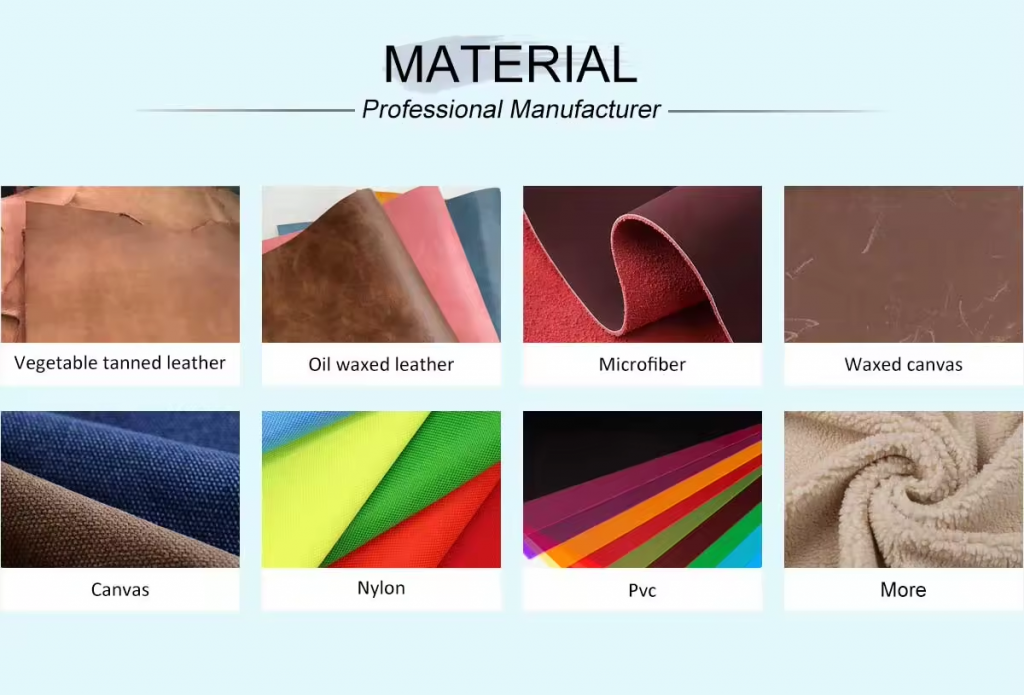
Now, the quality of the hide isn’t always the same and depends on a number of different factors within the animal’s upbringing. For example, if the animal suffers a lot of insect bites or goes through branding and/ or electric prodding, their hide will most likely only yield about 60% leather.
However, a healthy cow that’s enjoyed proper nutrition and a free-range existence without exposure to barbed wire fences, insects and electric prodding, will yield up to 90% leather material.
The hide is removed from the animal after slaughter. Then a fleshing machine is used to remove the remaining flesh. After this, you should have a clean blank surface to work with.
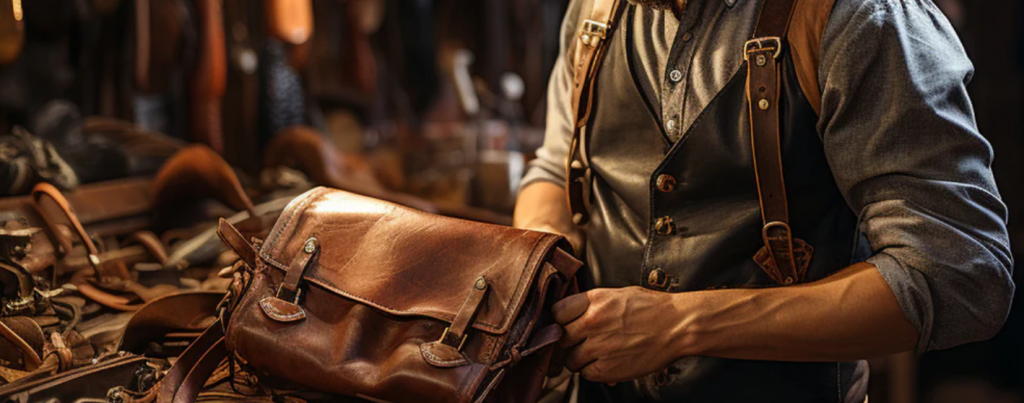
Now treating of the hide with salt brine will be got started. Usually, a generous amount of salt is poured onto the hide to prevent it from decomposing. During the soaking process, the hide needs to be folded with the flesh on the inner part of the fold.
The hide will be stored and left in the brine to for some time to remove any impurities that may be present. After, it will be taken out to remove any hair that is left using a calcium oxide solution.
Thanks to all the soaking, the hide will have doubled in size at this point. It means that it’s ready to get cut up into different pieces. The process will start by separating the top layer first. The top layer will be put aside for the more premium leather products that require more durability.
The bottom layer that’s left will then be utilized to make less demanding products like shoes, wallets, and handbags.

The following stage is the tanning process. It involves transforming the hide into leather while stopping all decomposition to ensure long-term preservation.
This is done by placing the leather inside what is known as a “tanning drum”. It contains a natural tanning solution that has been prepared expressly for this purpose.

The re-tanning process is done to make sure that the leather material is absolutely ready for use. After the leather has been re-tanned with a solution of chromium salts and/or vegetable mix, it will be ready for vacuum or air drying before moving onto the next stage.
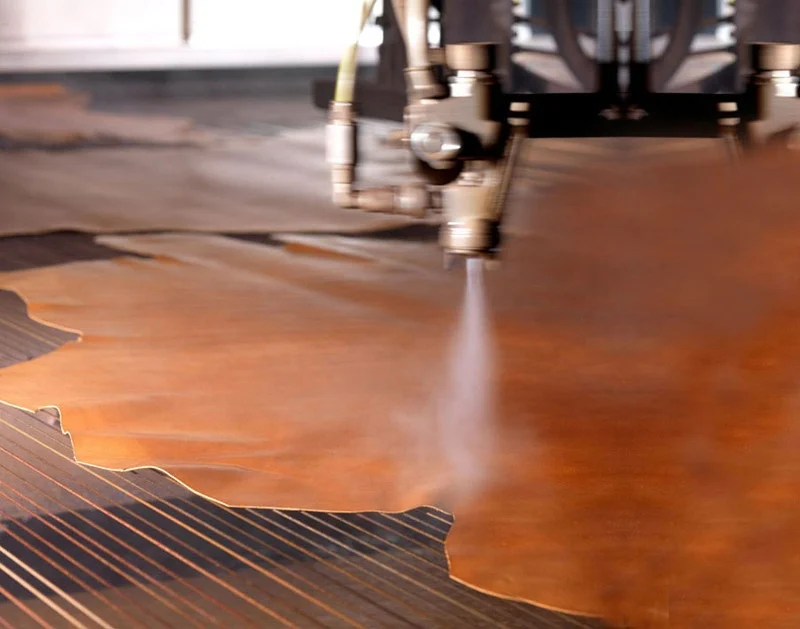
The dye that’s applied to the leather at this point is what’s responsible for the material’s superb color. It’s interesting to note that these years the leather dyeing process has gotten so advanced that the dye is perfected through a specific computer program.

To finish off, the leather will get lubricated then stretched with a stacker machine to get a nice and supple texture.o can blame them when the pattern is so beautiful!
If you’re looking for a new leather good from one of the industry’s top manufacturers, you’re in the right place.
Many of our leather goods are for customization. Take a look through our online collection and get in touch with us through the INQUIRY if you have any question!
Leather goods like HIBO bags equip modern advanced bag system to help minimize the weight when you are on the road ,having plenty of storage space in the form of specialized pockets for having small things organized, using high-quality material.
